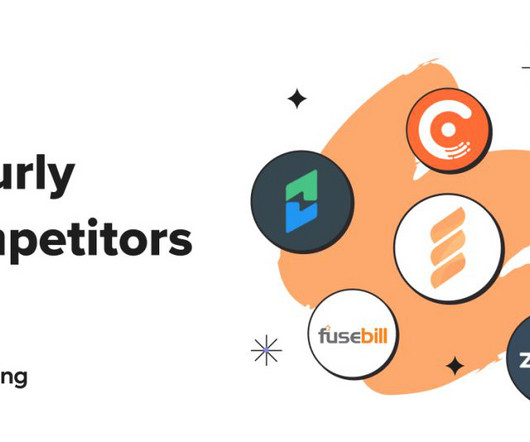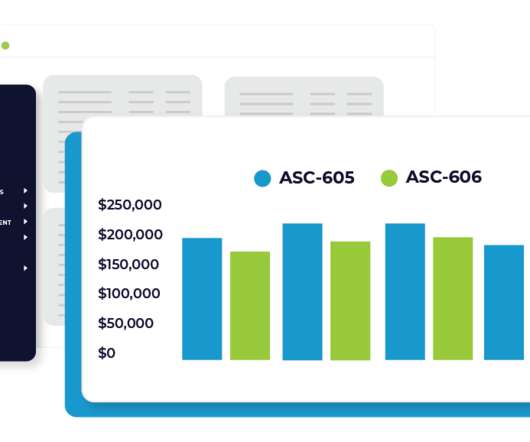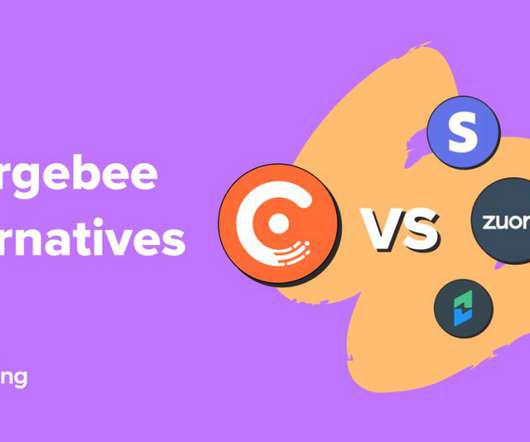Days Sales Outstanding Formula: What is DSO and How Do You Calculate It?
Stax
MARCH 12, 2024
DSO, or Days Sales Outstanding, is a formula and KPI for small and medium-sized businesses to measure the average number of days it takes to collect payments from customers. TL;DR DSO is calculated by dividing Net Credit Sales by Accounts Receivable, then multiplying by the number of days in any given period.























Let's personalize your content